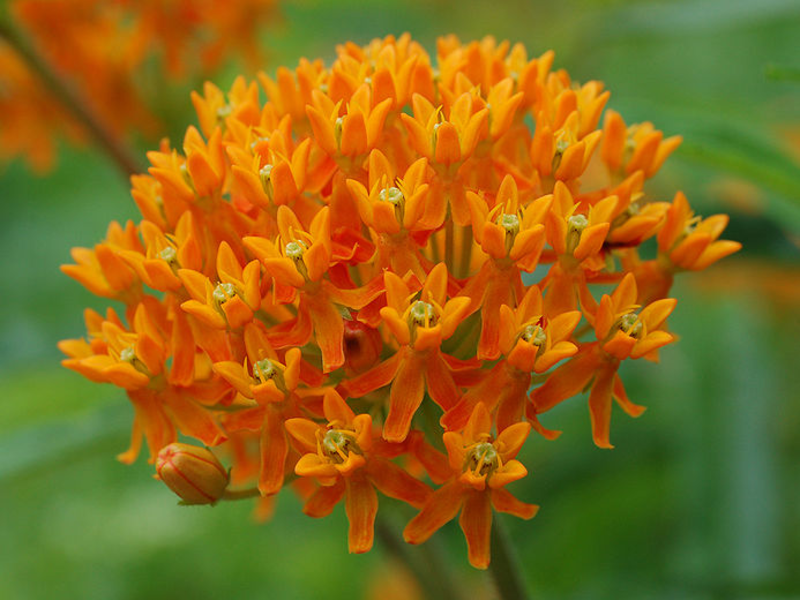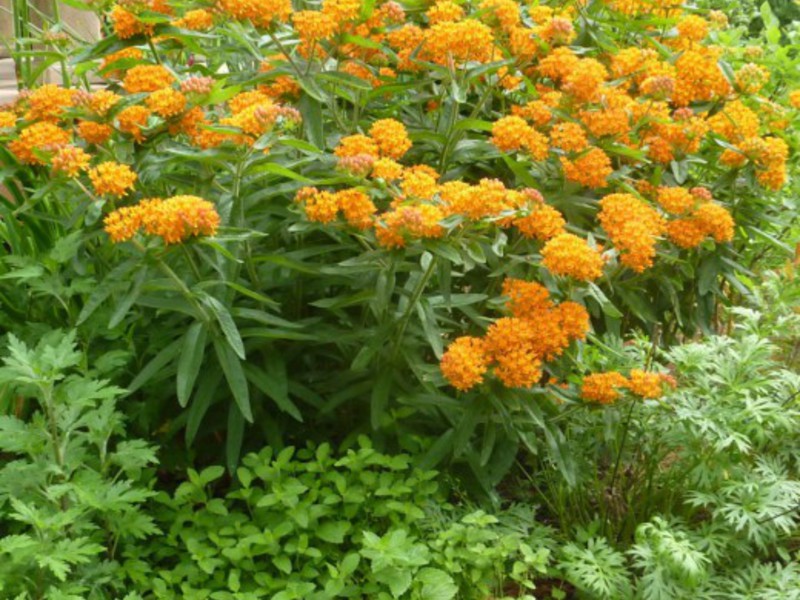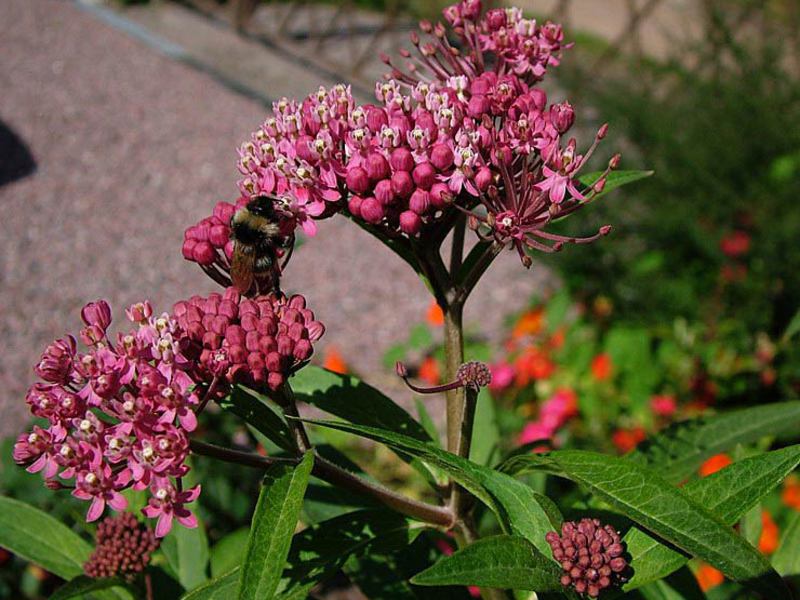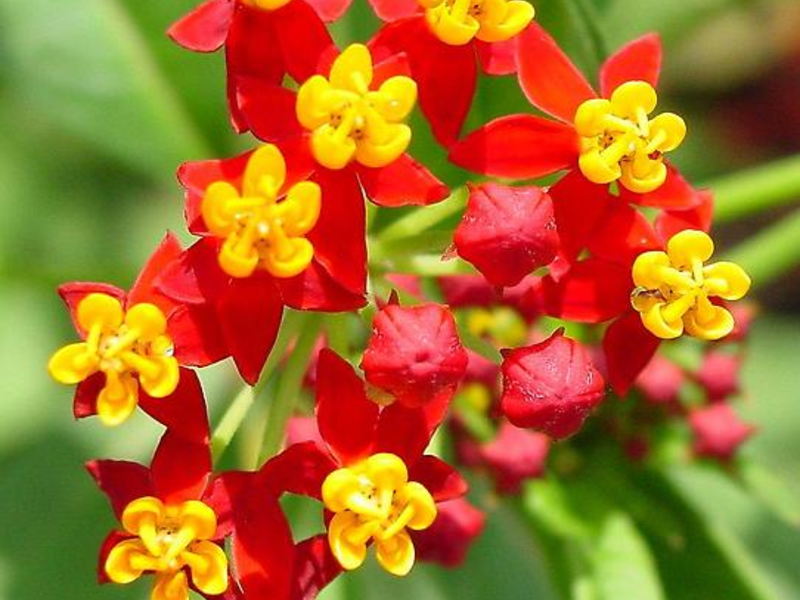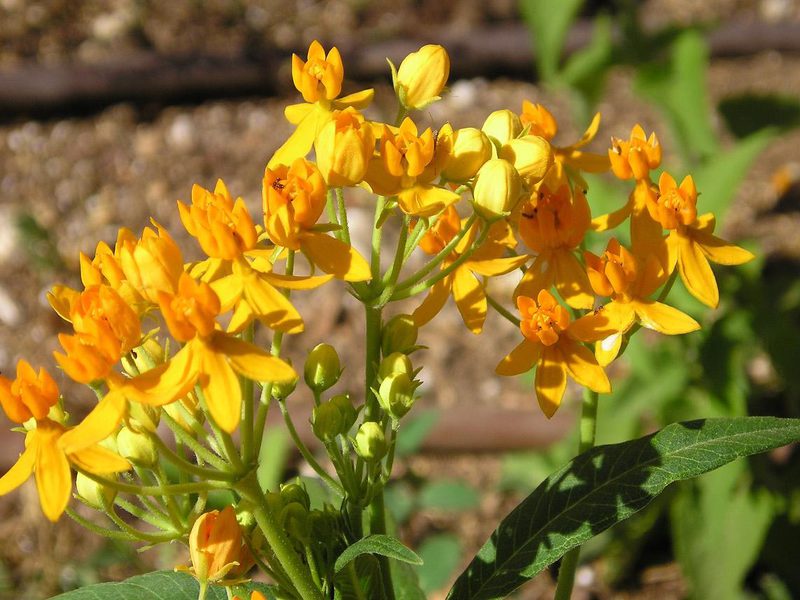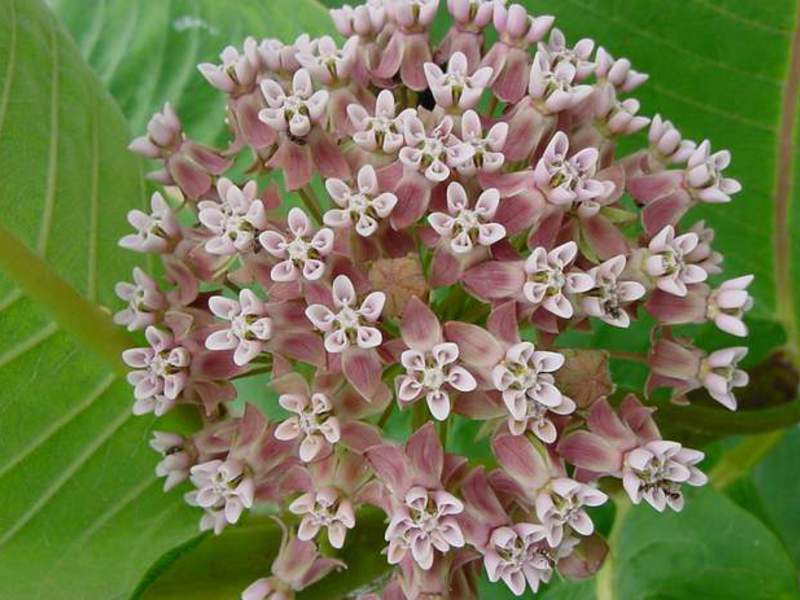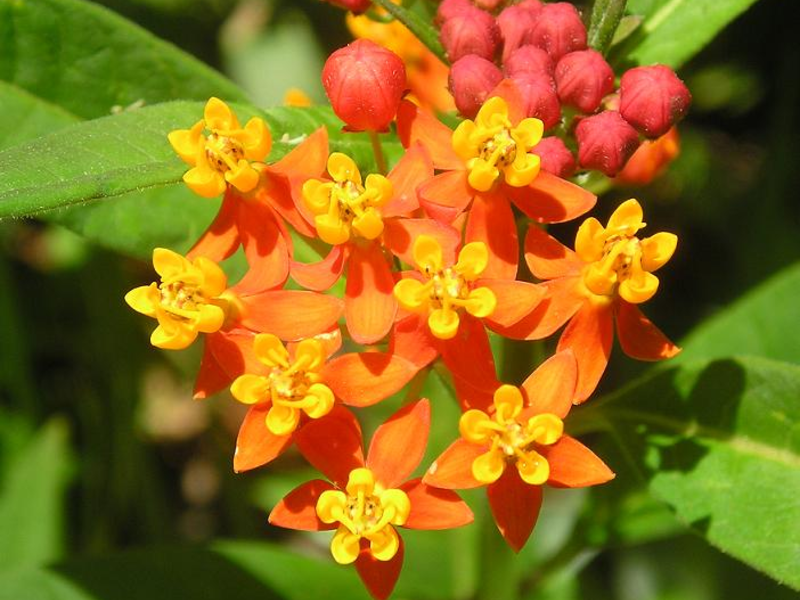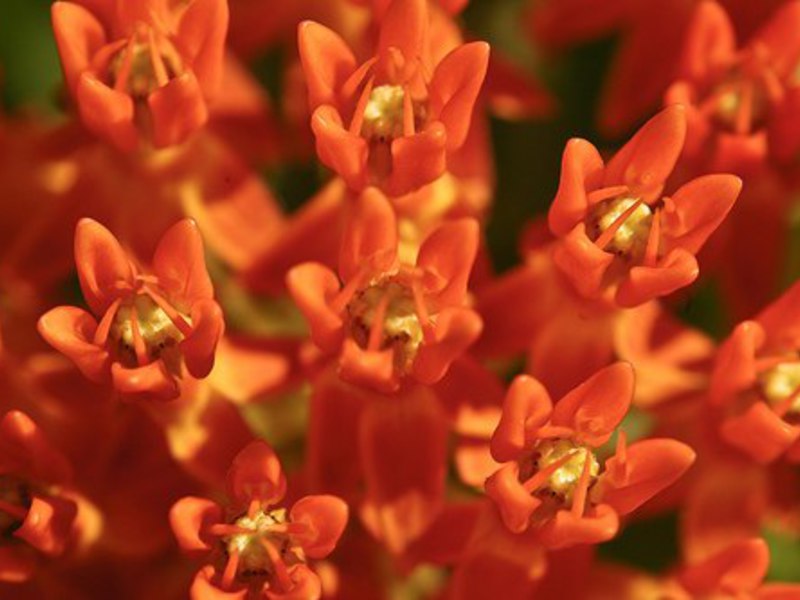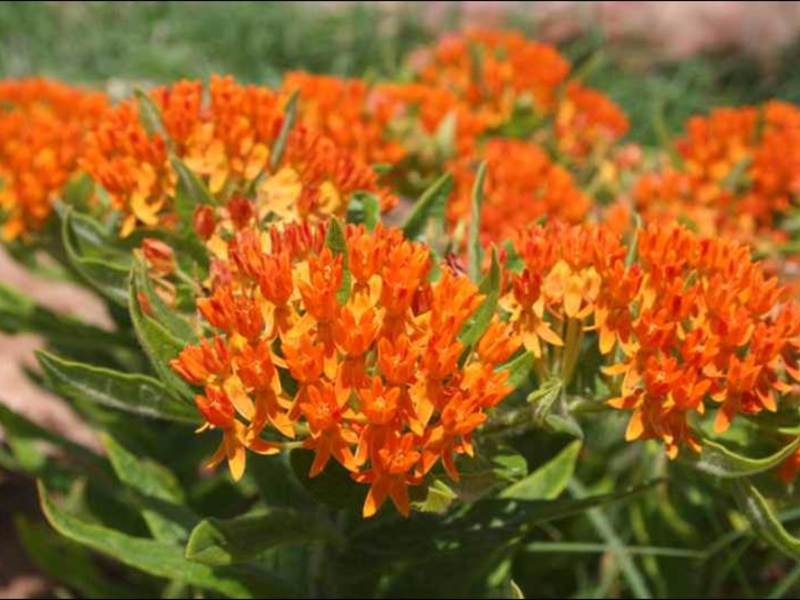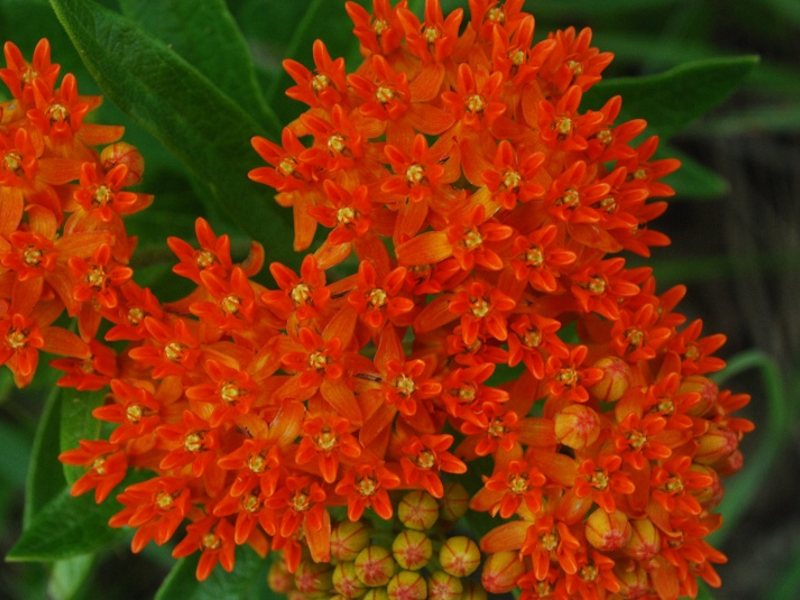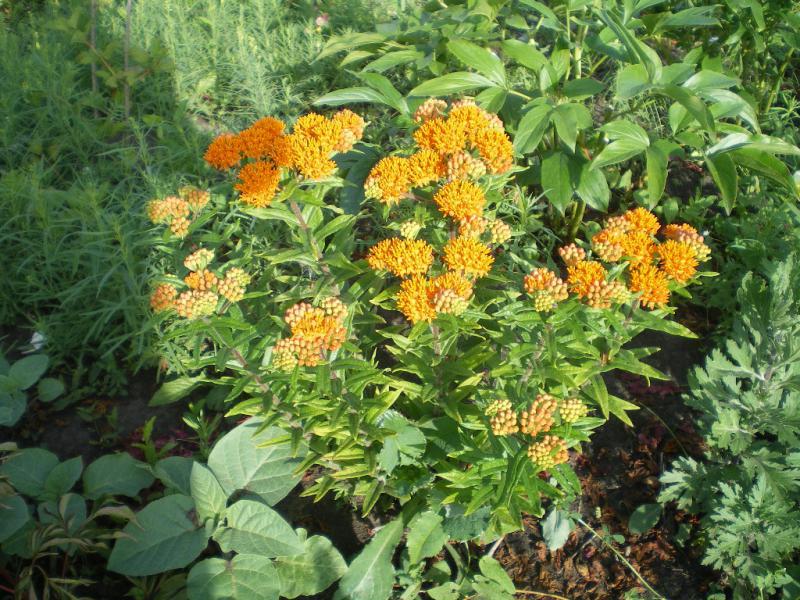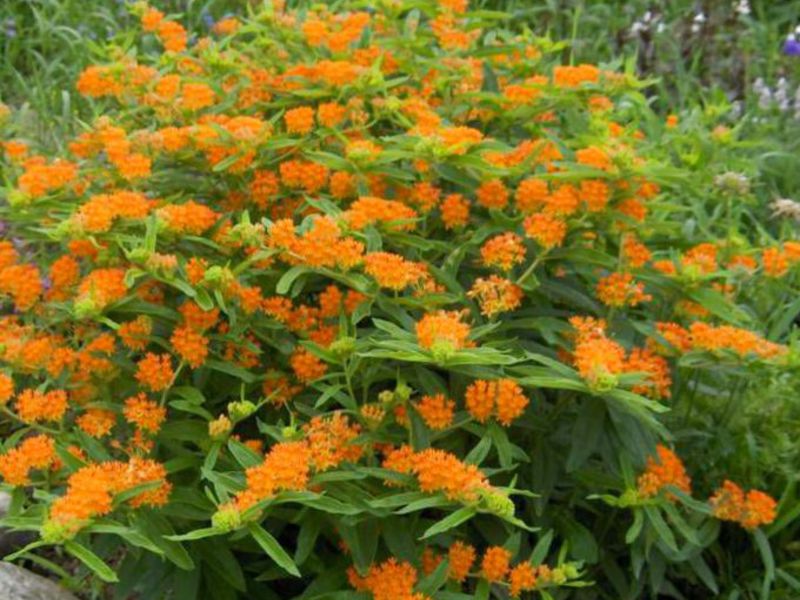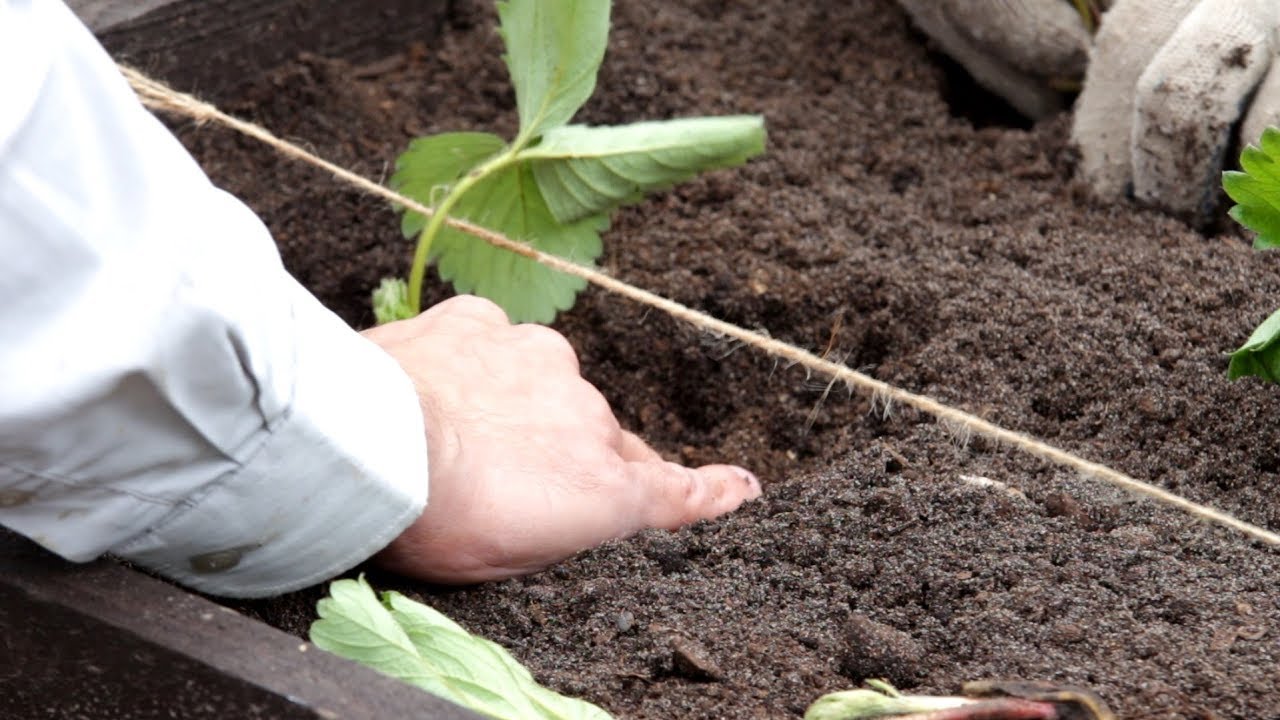Vatochnik is a herbaceous plant with horizontal rhizomes, which are located at a great distance from the stem. The stem itself is thick, the leaves are large, oblong. Most often, the leaves are located opposite each other, in rare cases they have a sequence similar to an ellipse.
The homeland of the plant is the American continent. In nature, there are slightly less than 90 species. It should be noted that at home this plant belongs to the wild, is a malicious weed. Photo of cotton wool is widely presented on the site.
Content
Why is cotton wool grown?
Europeans got acquainted with the plant in the 17th century. It was a technical culture... Cotton wool is especially widespread in France and Germany. From Europe, the plant soon enters Russia. The Russian people have found application for all parts:
- The stems were used, they were used for the production of coarse fabrics, ropes. Crushed parts of the stem were stuffed with furniture and soft toys.
- From crests, which almost never get wet, they made film for films, life-saving equipment.
- The hairs sticking out of the tufts went into the production of silk, cotton, and woolen threads. The fabrics woven from them were beautiful and shone. But it soon became clear that they did not last long. There was a time when hairs were used like cotton wool.
- The juice of the fleece, containing the components of rubber and resin, was even used for the production of rubber. Large areas were allocated for the plant. At first it was the St. Petersburg Botanical Garden, and then Kiev, Belotserkovsky. Soon the idea was abandoned due to the laboriousness and low-quality rubber.
Syrian cotton wool
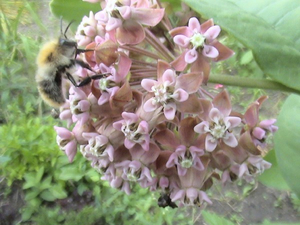 The homeland of Syrian vatnik is North America... This plant has other names as well.
The homeland of Syrian vatnik is North America... This plant has other names as well.
Immediately, we note that the vatnik connects with Syria only the name and nothing else. It just so happened that during the trip, the scientist Cornuti, who was born in Italy, simply confused the plants, mistaking the Middle Eastern kendyr for cotton wool. The error was eliminated by Karl Linnaeus. After conducting research, he found out that the plants are, but did not change the name. In some sources, the vatochnik is called "asklepias cornuti", perpetuating the discovery of the Italian scientist.
Syrian cotton wool belongs to tall plants, usually it is 1.5 meters in height. On straight stems there are many oblong, elliptical-shaped leaves. Width of dark green, leathery sheets 5 to 7 centimeters... Outwardly, they are similar to rhododendron. The lower leaves often live until mid-summer.
The flowers are medium in size, about one centimeter in diameter. These are umbrella inflorescences of light pink color. Flowering time - July, flowers are pleasing to the eye for more than a month.
The fruit is quite large, up to 12 cm, looks like a swollen crescent, the surface is unusual, corrugated. When ripe, the sides separate, and a large number of dark brown seeds peep out of them. There are hairs on each seed. They are snow-white, to the touch, like silk.There are similarities with cotton wool.
Ripe seeds are capable of scattering far from the mother plant. In Russia, fruits rarely ripen, because in autumn they often it can be cold and damp... Such weather does not allow the fruits to reach the desired condition.
One planting is enough for a long time to delight the Syrian vatnik with its flowers (numerous photos are available on the site) and the aroma peculiar to a cake to which chocolate is added. The plant is not afraid of winter, it feels good.
Tuberose cotton wool
 Tuberose cotton wool is a short plant. It has bright orange flowers. This flower is best planted near plants with a lot of greenery. Such compositions are particularly eye-catching. Umbrellas of cotton wool adorn the garden with their large sizes until late autumn.
Tuberose cotton wool is a short plant. It has bright orange flowers. This flower is best planted near plants with a lot of greenery. Such compositions are particularly eye-catching. Umbrellas of cotton wool adorn the garden with their large sizes until late autumn.
The plant is perennial, frost-resistant, but the harsh Russian winters may not survive without additional shelter. There are times that even this does not help, you have to plant again.
If you use when landing Mixed variety Gay Butteflies, then from the middle of summer your garden will be decorated with flowers not only orange, but also yellow, red. This variety must be covered for the winter.
Choosing a landing site
When planting cotton wool, you need to take into account the size and rapid growth. It must be planted separately, otherwise it will ruin the surrounding plants. There is nothing surprising in this, since the shoots branch out from the main stem by one and a half meters. It is best to plant this amazing plant in tanks that do not have a bottom, deepening by half a meter. In that case, you can get a lush bush that will not harm the neighboring low-growing plants.
Under the plant you need divert fertile soil, it is better if it is loam. In no case should it be planted in the shade, only in the sun. Groundwater should be far from the pad. If the sun is not enough, the curtains are less attractive, and the plant will bloom later.
A powerful, branchy plant is obtained if it is planted one at a time, at a great distance from each other and other flowers. The best place is in the background
mixborders, next to outbuildings. This method of planting does not complicate care, and it is more convenient to cover for the winter. After 15 years, the fleece needs to be assigned a new place, otherwise it will grind and lose its attractiveness.
How does a perennial plant propagate?
There are several ways of breeding cotton wool. Let's consider them in more detail.
Sowing with seeds
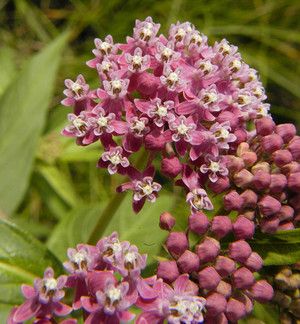 If you decide to get a plant from seeds, then they will have to be planted back in April. Seeds are buried to a depth of one and a half centimeters. As soon as the first shoots appear, the container must be installed in a bright place. Temperature cannot be raised above 18 degrees... Monitor soil moisture, do not overdo it with watering.
If you decide to get a plant from seeds, then they will have to be planted back in April. Seeds are buried to a depth of one and a half centimeters. As soon as the first shoots appear, the container must be installed in a bright place. Temperature cannot be raised above 18 degrees... Monitor soil moisture, do not overdo it with watering.
As soon as the weather settles, frosts will no longer bother, plant the cotton wool in the place of your choice. Here it will grow for several years. If you purchased seeds from a store, you probably won't get a lot of seedlings. You can, of course, sow seeds in the fall. All varieties of cotton wool, with the exception of tuberose, bloom for the first time three years after planting. If you planted the seeds of tuberose vatochnik on seedlings in early February, then you can get flowering plants in the summer. Only seedlings will need additional lighting.
The second breeding method is grafting
In early June, cuttings up to 15 cm long are made from young shoots. In order for the cuttings to take root, you do not need to wait for the milky juice to dry, but immediately place it in wet sand to form roots. For survival it will take up to 20 days.
Propagation by rhizomes
Spring or late autumn, when there are no flowers on the plants, is the best time for the reproduction of the wadder by rhizomes. They are divided into pieces, 10-15 cm in size, but always with kidneys. These parts must be planted in a permanent place.The plant not only takes root quickly, but will delight you with its flowers next summer.
Care features
It's easy to take care of the cotton wool:
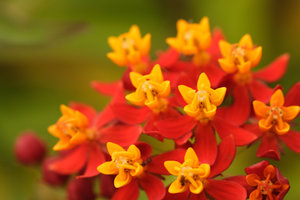 With the onset of spring, you need to remove old shoots and apply top dressing before flowering. This requires urea and sodium sulfate. When the plant fades, you need to feed it with nitrophos.
With the onset of spring, you need to remove old shoots and apply top dressing before flowering. This requires urea and sodium sulfate. When the plant fades, you need to feed it with nitrophos.- As for watering, you need to know what varieties of cotton wool you grow. For example, the meat-red variety has a high water requirement, but don't overdo it.
- In the fall, you need to cut off the old shoots, and cover the bushes themselves with leaves, spruce paws, if there is not enough snow before the onset of cold weather. It is more convenient to care for plants that are planted in groups. Proper shelter for the winter will create the conditions for flowering in the spring.
When you work with a plant, you need to be extremely careful, because it secretes milky juicewhich contains poison. It is unrealistic to poison them, but irritation at the place of contact with the juice is guaranteed.
What plants is cotton wool combined with?
The cottonwood, regardless of the variety, feels good next to many plants in the garden. But best of all, it gets along with miscanthus, a tall, tall meadow grass. If you plant cotton wool with aconites, echinacea, physicalostegia, veronicastrum, tall bells, then your garden will shine with amazing colors. You can take beautiful photos and admire them for a long time.

